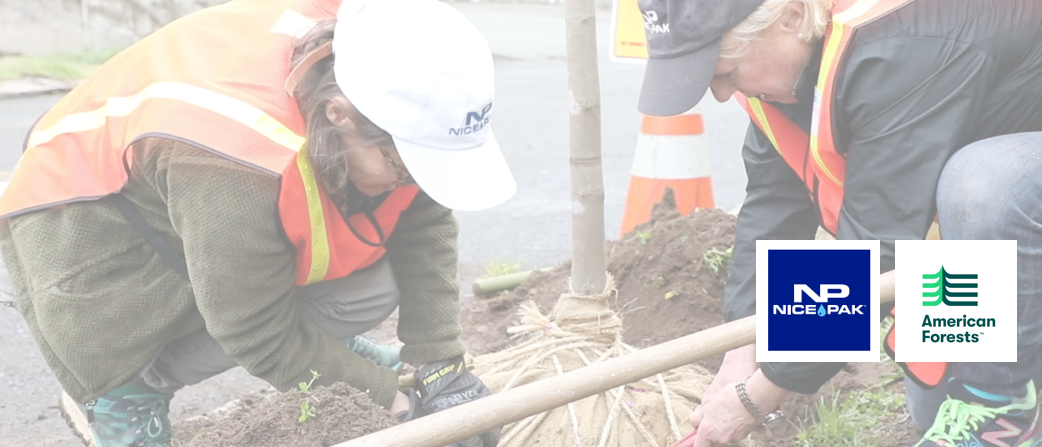
Partnering To Provide the Benefits of Trees for All
By Sarah Schmid, Senior Manager of Corporate Partnerships, American Forests
From fulfilling our basic needs, like fresh air and clean water, to providing health, employment and climate resiliency, the importance of trees to our society is both far-reaching and deep-rooted. At American Forests, we like to say that trees play “both defense and offense” — helping to protect us from the effects of global warming, while providing us with a proven mental health boost.
But in many American cities, tree cover is too often sparse in neighborhoods with more low-income families and people of color. The term “Tree Equity” has gained in popularity in recent years as we take thoughtful steps to determine whether there are enough trees in a neighborhood based on population density. Tree Equity is about ensuring there are trees in every part of every city.
One of the first steps is to provide a way to measure Tree Equity — and that’s why American Forests created the Tree Equity Score tool. Each score indicates whether there are enough trees in a neighborhood for everyone to experience the health, economic and climate benefits that trees provide.
Moving the Needle on Tree Equity
There’s no doubt that awareness and measurement of Tree Equity are critical first steps. At American Forests, we’re taking it further, and have embarked on three pathways to achieving Tree Equity on a large scale:
- Innovations. In our Innovation Lab, we solve complicated puzzles that empower the urban forestry field. We provide climate change-informed forestry best practices when determining what trees to plant, where to plant them and how to take care of them. And we maintain our Tree Equity Score tool.
- Movements. American Forests helps build movements that inspire and empower action at a large scale. For example, we helped create the Trees for Community Recovery campaign, which strives to get more federal government money into conserving, restoring and growing urban and community forests.
- Partnerships. We create partnerships in cities to develop and implement science-based plans that relate to planting trees and taking care of the trees we already have. Next, we advocate for policies and programs — as well as funding to support them — to bring the plans to life. Last, we plant and care for urban forests so they are resilient for generations to come.
Partnerships in Action — American Forests and Nice-Pak
Recently, we had the opportunity to team up with Nice-Pak and a nearby community partner — the Nyack Community Tree Project (NCTP) — to plant trees in Nyack, N.Y. Nyack was chosen because its Tree Equity score needed improvement due to its history in shipbuilding and manufacturing. It is our hope that the trees we planted with NCTP and Nice-Pak employee volunteers — 37 in total — will thrive and grow to provide clean air, cooling shade and lasting beauty for the over 6,000 residents of this thriving city on the banks of the Hudson River. Through partner plantings like this, we’ve developed a model for urban planting efforts that will improve Tree Equity scores, and quality of life, throughout our U.S. cities.
